EDITOR’S NOTE: Please be advised that this Nagasaki travel guide hasn’t been updated in 2024. Prices and travel guidelines may no longer be accurate so it’s important that you verify any information before proceeding.
Nagasaki is a strange city. It’s strange in the sense that in many ways, it feels very “un-Japanese”.
For one, it doesn’t seem to have the quirks that make Japan the endearingly eccentric country that it is. Things like giant mechanized robots and oddball restaurant concepts are nowhere to be found here. There’s no hi-tech subway system or young people sporting the craziest fashion trends.
Instead, it has the first Chinatown I’ve ever seen in Japan. It has Catholic churches and Western-style houses, many of which are the oldest in the country. It has an aboveground vintage tram system reminiscent of San Francisco’s iconic cable cars. And oddest of all, at least for Japanese food lovers like us, was the diversity of its cuisine.
A few of its core dishes have Portuguese, Chinese, and American influences. They even have a bizarre dish called toruko raisu or “Turkish rice”, which is a mashup of pilaf rice and spaghetti topped with a pork cutlet drenched in sauce! How strange indeed!
Much of this “un-Japanese-ness” has to do with Nagasaki’s prominence as a port city. From the 16th to the 19th centuries, it was the only port in the country open to foreign trade hence the proliferation of foreign influences. It felt like a throwback city in many ways, one that was starkly different from anything else we had experienced so far in Japan.
VISIT NAGASAKI QUICK LINKS
This Nagasaki travel guide is long. For your convenience, I’ve compiled links to hotels, tours, and other services here.
HOTELS
Top-rated hotels in downtown Nagasaki, the most convenient area to stay for first-time visitors to the city.
- Luxury: Nisshokan Bettei Koyotei
- Midrange: Hotel Concerto Nagasaki
- Budget: Mezame Hostel
TOURS
- Sightseeing Tour: Nagasaki Like a Local – Customized Guided Tour
- Gunkanjima: Battleship Island Cruise in Nagasaki
- Theme Park: Huis Ten Bosch Tickets
OTHER SERVICES
- Visa Services
- Travel Insurance with COVID cover (WFFF readers get 5% off)
- Japan Rail Pass
- Airport Transfers
- Japan eSIM
Save This on Pinterest!
No time to read this Nagasaki travel guide now? Click on the save button and pin it for later!
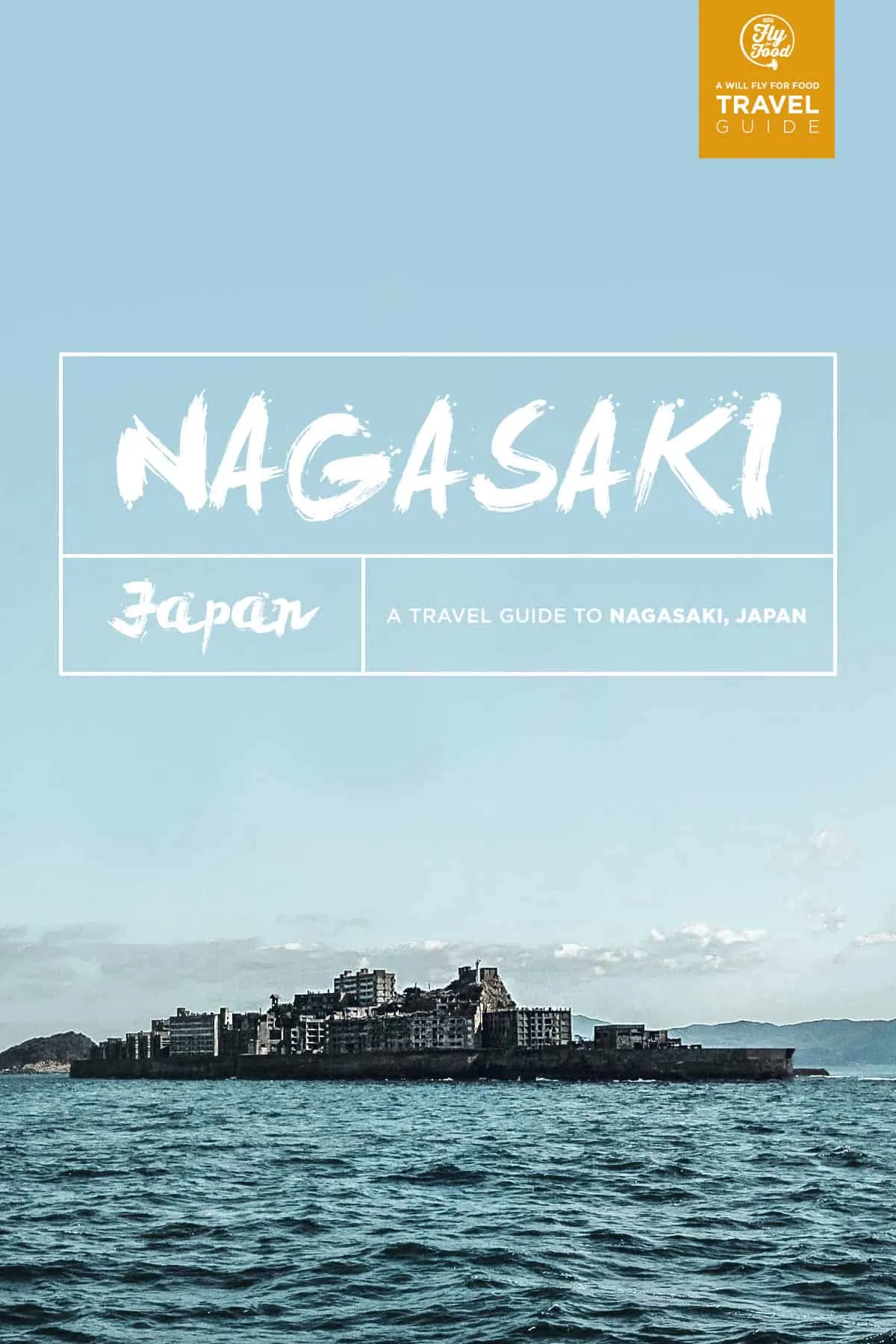
GUIDE TABLE OF CONTENTS
NAGASAKI TRAVEL RESTRICTIONS
Because of the current global situation, Nagasaki travel guidelines may change overnight. Our friends at Booking.com created a useful website that lists detailed information on travel restrictions around the world.
Before planning a trip to Nagasaki, be sure to check Booking.com for information on travel restrictions to Japan. If you do decide to visit Nagasaki, then we highly recommend getting travel insurance with COVID coverage.
JAPAN VISA
Depending on your passport, you may need to secure a visa and other travel documents to visit Japan. Check out iVisa.com to learn about the requirements and to apply for a visa (if necessary).
NAGASAKI AT A GLANCE
Nagasaki is the capital city of Nagasaki Prefecture in Kyushu. As described, it was a prominent port city throughout much of its history.
When Japan reopened its doors to diplomatic relations during the Meiji period, Nagasaki was declared a free port which created a flourishing community of British, Dutch, American, and Russian traders. From its architecture to its food, these foreign influences helped shape the Nagasaki of today.
Devastated by an atomic bomb in World War II, Nagasaki is remembered as the last city in the world to experience a nuclear attack. The city has been rebuilt since then.
BEST TIME TO VISIT NAGASAKI
Nagasaki is located in Southern Japan so the weather here is relatively mild year-round. It doesn’t experience extreme weather changes like Sapporo. We were here in February which is the height of winter but even then it was still pleasant and not too cold.
If you’re looking for the absolute best time to go weather-wise, then shoot for October to November. The temperature is at its most ideal and there are few rainy days.
TRAVELING TO NAGASAKI
Nagasaki does have an international airport but it doesn’t seem to be a common port of entry. Most travelers will probably be arriving via Fukuoka Airport or through some other major city in Japan, then continuing to Nagasaki by train or by bus.
By Train
Most travelers doing a multi-city tour of Japan probably travel by train. You can check hyperdia.com to see how much it will cost you to get to Nagasaki from wherever you are. If you’re coming from Fukuoka, then the trip will take around 2.5 hrs.
If you are going on a multi-city tour of Japan by train, then you may want to invest in a JR Pass. It will give you unlimited use of all JR national trains in Japan, including Shinkansen bullet trains and the Narita Express. You can purchase a JR Pass in 7-, 14-, or 21-day variants from Klook or Japan Rail Pass.
By Bus
Highway buses are another popular way of getting around Japan. It’s cheaper than trains and will get you there in about the same amount of time. We took a bus from Fukuoka to Nagasaki. You can refer to the Kyushu Highway Bus reservation site to check for routes into Nagasaki from wherever you are.
It’s important to remember that when traveling by highway bus in Japan, advanced reservations are strongly recommended. I suggest purchasing your bus tickets from the Kyushu Highway Bus website as early as 30 days before your trip to guarantee yourself a seat.
Like the Japan Rail Pass for trains, you can save on Kyushu highway buses by purchasing a SUNQ Pass. If you’re visiting multiple cities in Kyushu, then it will give you unlimited rides on consecutive days.
Please be advised though that if you purchase a SUNQ Pass, then you cannot make advanced reservations via the Kyushu Highway Bus website.
WHERE TO EXCHANGE CURRENCY
The unit of currency in Japan is the Japanese Yen (JPY).
Banks and post offices are the best places to exchange currency in Japan. Based on what I’ve read, people seem to prefer post offices because the transactions are faster. I exchanged currency at a bank and the process did take some time. I had to fill a bunch of paperwork then wait for the transaction to complete.
If you find yourself in Nagasaki’s Chinatown, then there’s a foreign exchange machine in nearby Kankodori Shopping Arcade. Just ask any of the banks there exactly where it is. I had never exchanged currency through a machine before so I was pretty amazed by the process. The transaction was fast and the rates were competitive.
If you’d rather not bring a lot of foreign currency with you to Japan, then an alternative would be to withdraw JPY from an ATM. Rates are competitive and according to some, they may even be better. Just make sure you inform your bank that you intend to use your ATM overseas. That way they don’t flag or block any transactions. In my experience, my card works in some machines but not in others.
TIP: Some ATM machines may ask if you’d like to proceed “with or without conversion”. Always proceed WITHOUT conversion. Otherwise, the foreign bank operating the ATM will do the conversion instead of your local bank. This almost always leads to horrible exchange rates. According to this article on Medium, the difference between rates can be 10% or more.
BEST AREAS TO STAY IN NAGASAKI
The downtown area is the best area to stay for first-time visitors to Nagasaki. It’ll put you close to the city’s top tourist attractions, restaurants, shops, and transportation hubs.
On our last trip, we stayed at Casa Noda Nagasaki. It’s primarily a hostel but they do have a couple of private rooms on the top floor. The hostel is about a 10-15 minute walk from Nagasaki main station, making it a good choice if you have an early bus or train to catch. Conveniently, Casa Noda Nagasaki is almost directly in front of Gotomachi tram stop as well.
You can book a room at Casa Noda Nagasaki on Booking.com or Agoda. If you don’t think this hotel is the right fit for you, then listed below are a few highly-rated alternatives:
- Luxury: Nisshokan Bettei Koyotei
- Midrange: Hotel Concerto Nagasaki
- Budget: Mezame Hostel
You can also book hotels and homestays in Nagaski using the handy map below.
THINGS TO DO IN NAGASAKI
1. Visit Gunkanjima (Battleship Island)
Hashima Island is one of the most unique attractions I’ve ever visited on a trip. Nicknamed Gunkanjima or “Battleship Island” because of its shape, Hashima Island is a former coal mining community about 19 km from Nagasaki Port. Abandoned since 1974, it was inscribed as a UNESCO World Heritage site in 2015.
If you enjoy visiting odd destinations, then you should definitely book a tour to this island. Fans of James Bond films may recognize it as the inspiration for Raoul Silva’s hideout in Skyfall.
Check out my post on Hashima Island in Nagasaki for more pictures and information. I booked with Gunkanjima Concierge but you can book a Gunkanjima tour through Klook as well.
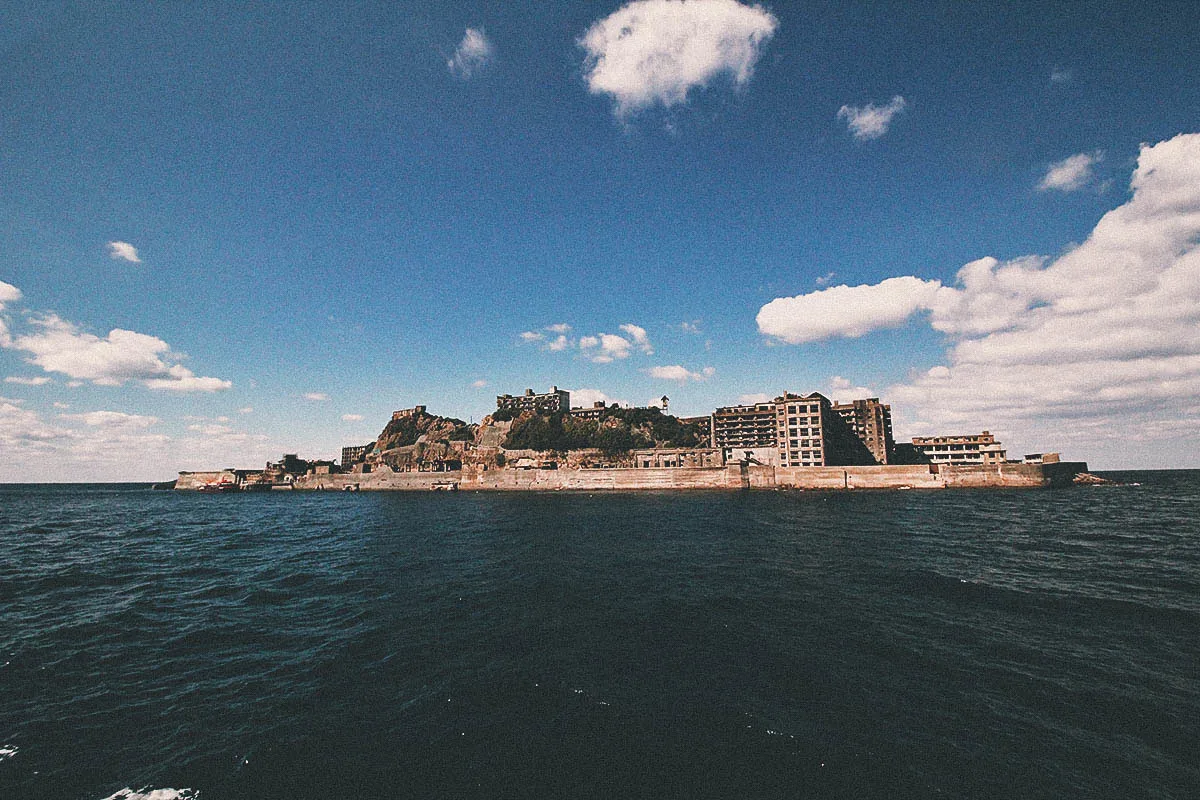
Length of Tour: Around 3 hrs
2. Revisit History at the Atomic Bomb Museum and Nagasaki Peace Park
This was the number one attraction I wanted to visit in Nagasaki, and I’m sure many visitors to the city feel the same way. As students, we had learned so much about WWII and the atomic bomb but all that information was confined to books.
Being here in Nagasaki, visiting this museum and seeing actual debris from the bombing gave me a much deeper understanding of that event. It put a face to the tragedy. You don’t leave this museum with the most joyous of feelings but you can’t visit Nagasaki without spending a couple of hours here.
Check out my post on the Atomic Bomb Museum in Nagasaki for more pictures and information.
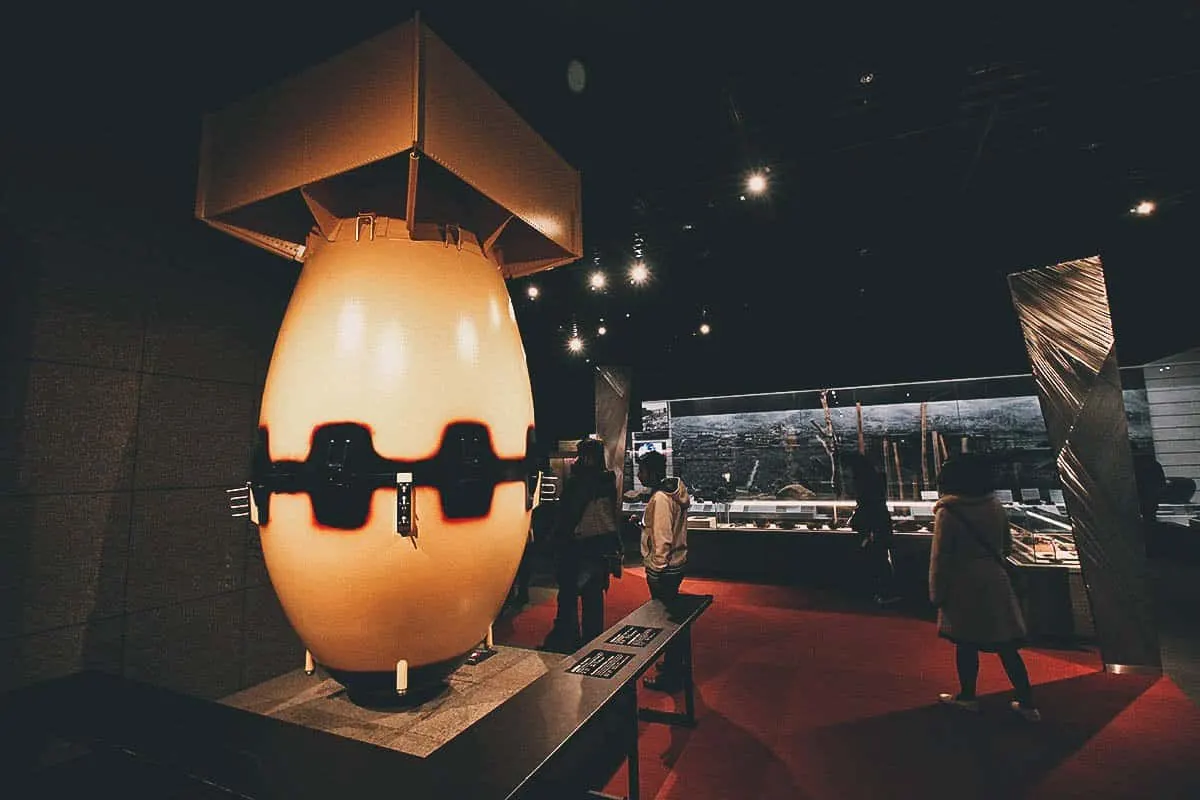
Suggested Length of Visit: Around 2-3 hrs
Admission: JPY 200 per person
3. Explore Glover Garden
Glover Garden is an open-air museum and one of Nagasaki’s most popular tourist attractions. It was the former home of Thomas Blake Glover, a Scottish merchant who was a key figure in the industrialization of Japan. Set on a hill with beautifully landscaped gardens overlooking Nagasaki Harbor, it’s key feature is the former Glover Residence which is the oldest surviving Western-style house in the country.
Check out my post on Glover Garden in Nagasaki for more pictures and information.
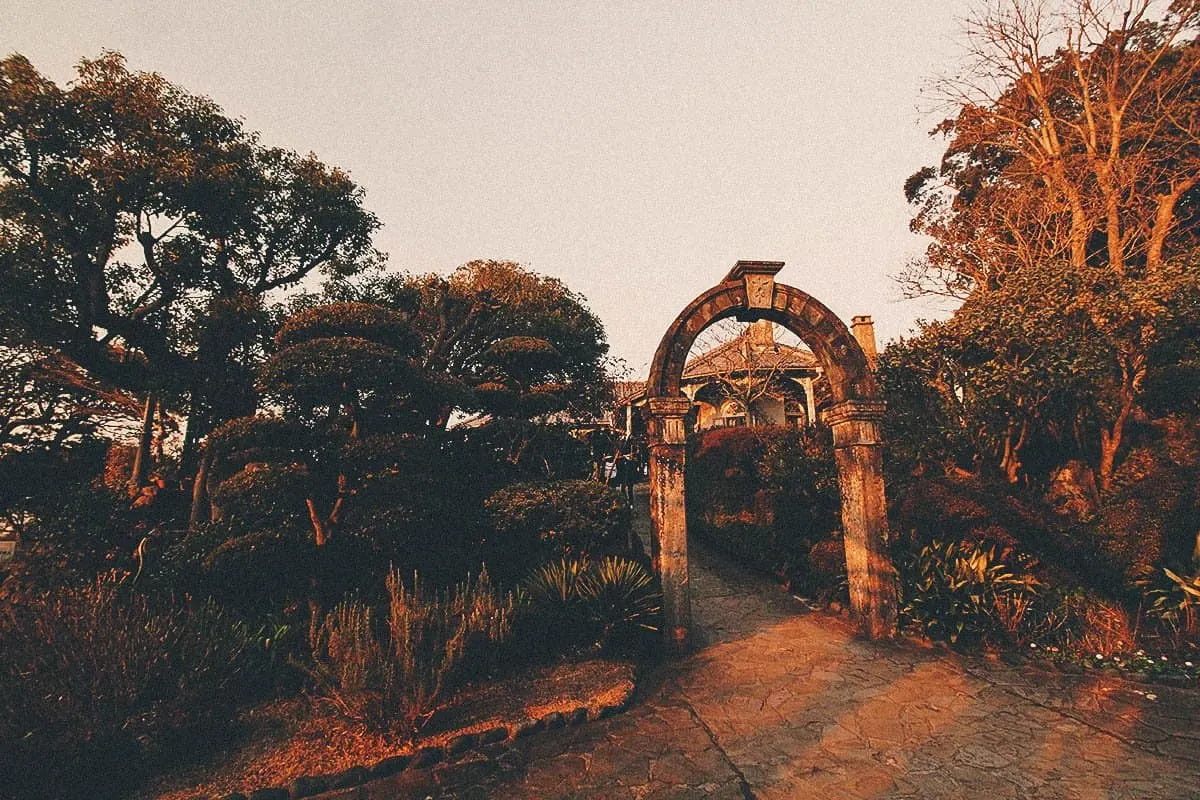
Suggested Length of Visit: Around 2-3 hrs
Admission: JPY 620 per person
4. Enjoy the View at Inasayama (Mt. Inasa)
Inasayama or Mt. Inasa is a 333 meter high mountain in Nagasaki. At the top you’ll find this open-air deck that gives you 360° views of Nagasaki City and Harbor. The view from Mt. Inasa is so spectacular that it’s often referred to as the “10 million dollar night view”.
To get to the peak, you can ride the Nagasaki Ropeway which is a stylish gondola designed by Kiyoyuki Okuyama, an internationally renowned industrial designer who produced designs for Ferrari and Porsche.
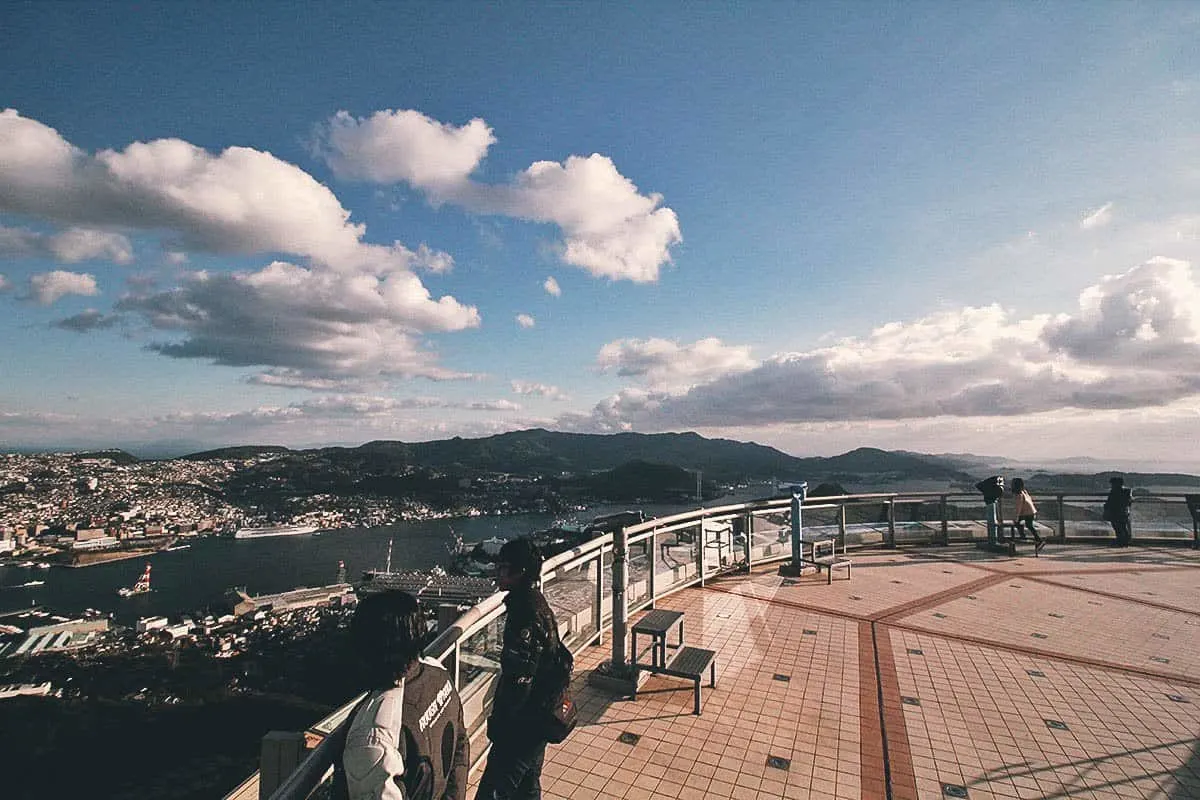
Suggested Length of Visit: Around 1-2 hrs
Fare: JPY 1,250 roundtrip on the Nagasaki Ropeway
5. Shop at Don Quijote
If you like bargains, then you’re going to love this place. Shopping in Japan doesn’t have to be expensive and Don Quijote is proof of that.
Like Daiso shops, Don Quijoute is a discount chain store with over 160 branches throughout Japan, a few of which are in Nagasaki. Many of their branches are like mini department stores with several stories of products ranging from groceries to electronics to clothing to household goods. Best of all? Everything is tax-free.
Visit the Don Quijote website to find the blue penguin nearest you.
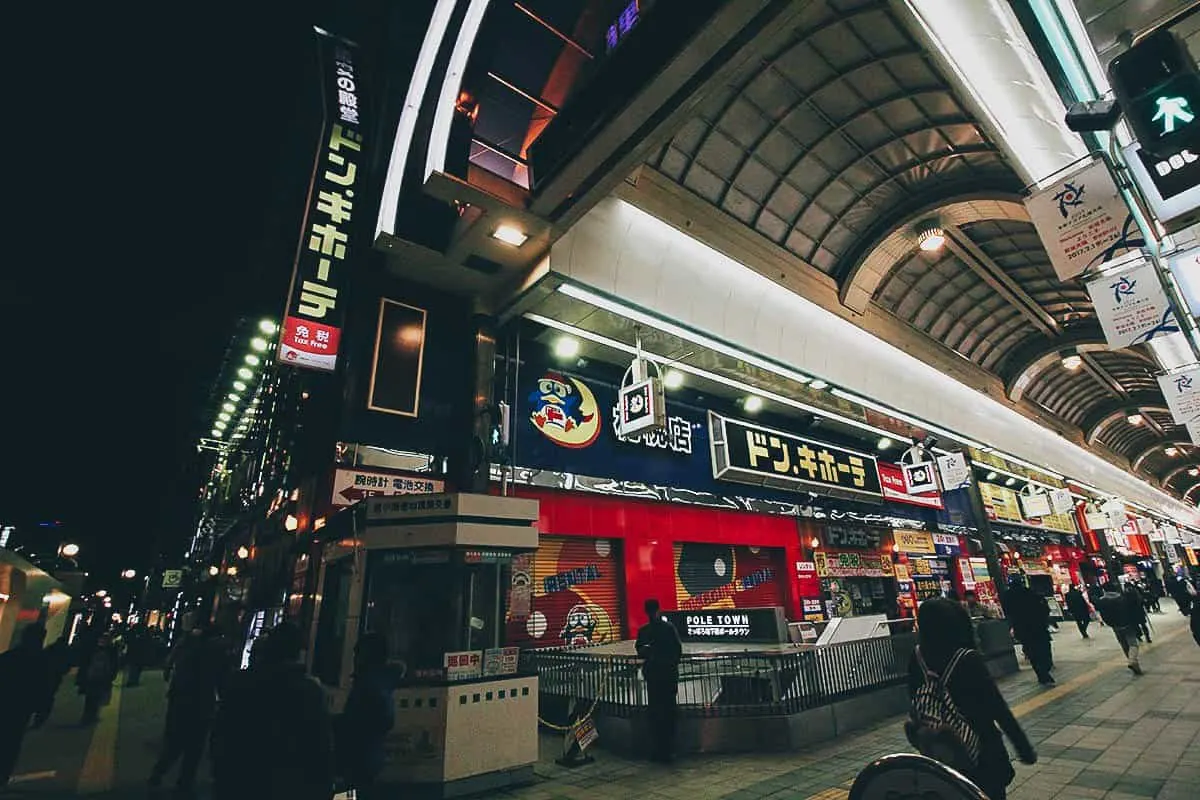
NOTE: The Don Quijote branch pictured above is in Sapporo.
DAY TRIPS FROM NAGASAKI
1. Spend the Day at Huis Ten Bosch
As described, we find that Nagasaki looks and feels quite different from the rest of Japan. Huis Ten Bosch is another example of that.
Huis Ten Bosch is a theme park that looks like a replica of the Netherlands. It features 17th-century Dutch-style buildings with windmills, canals, flower parks, and amusement park rides. If you’re staying long enough and would like to visit another European-inspired destination in Nagasaki, then this may be a great place to spend the day.
Huis Ten Bosch is located over an hour north of downtown Nagasaki. You can get there by JR train (to Huis Ten Bosch station) and purchase entrance tickets at the gate or in advance through Klook.
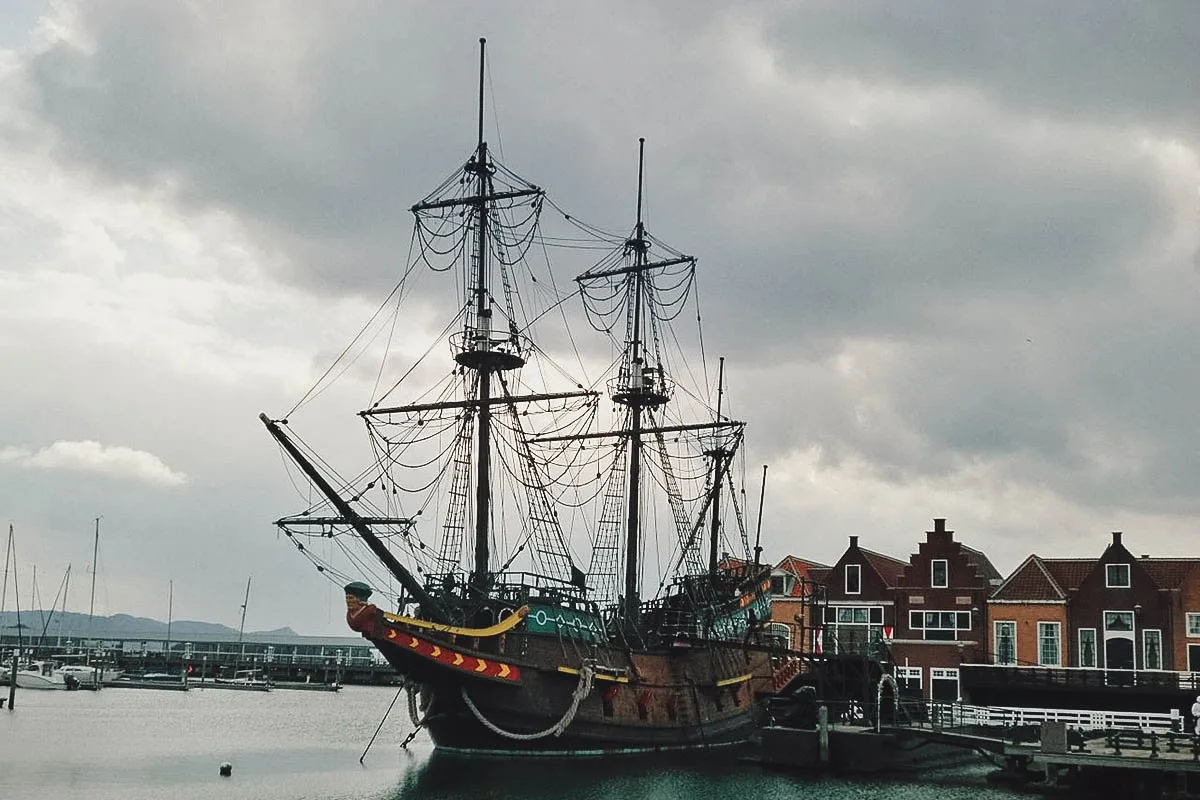
Photo by Nissy-KITAQ, CC BY-SA 3.0, via Wikimedia Commons / Processed in Photoshop and Lightroom
Suggested Length of Visit: At least half a day
2. Enjoy a Sunset Cruise on Kujukushima
Kujukushima or Kujuku Islands refers to a cluster of islands on the west coast of Kitamatsuura Peninsula, about 2 hours north of downtown Nagasaki. It’s a long-ish journey but people who make the trip will be rewarded with gorgeous sunset views while cruising the islands on a multi-deck ferry (that looks like a pirate ship!).
The name Kujuku-shima literally means “ninety-nine islands” but the actual number of islands amounts to over 200. I don’t remember the scene but Kujukushima was apparently featured in the opening credits of the Last Samurai with Tom Cruise.
Kujukushima is accessible by JR train and bus and you can purchase cruise tickets in advance through Klook.
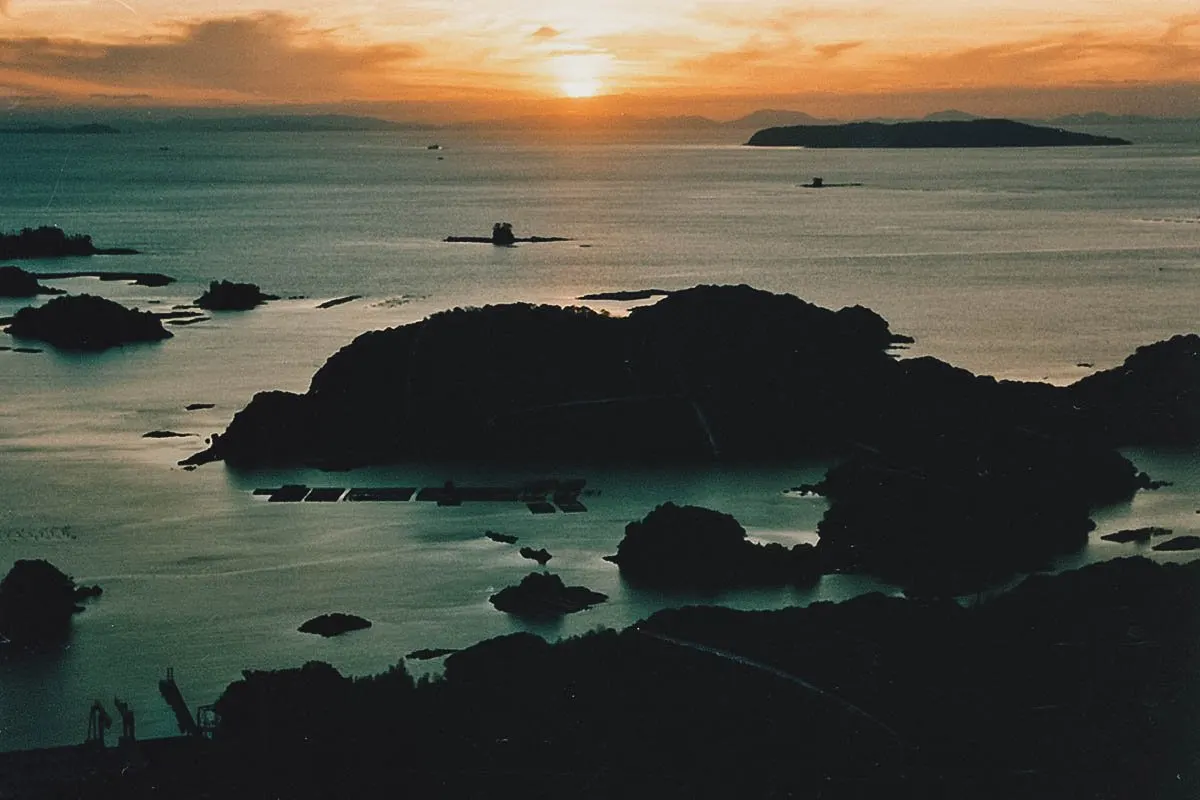
Photo by Sasebo, Public domain, via Wikimedia Commons / Processed in Photoshop and Lightroom
Suggested Length of Visit: Whole day
JAPANESE FOOD GUIDE
We love Japanese food. It’s personally my favorite cuisine in the world and a big reason why I want to visit Japan every year. If you like Japanese food as much as we do, then you need to read our Japanese food guide. It’s a labor of love that includes popular dishes and Japanese desserts, as well as regional specialties by prefecture, including Nagasaki.
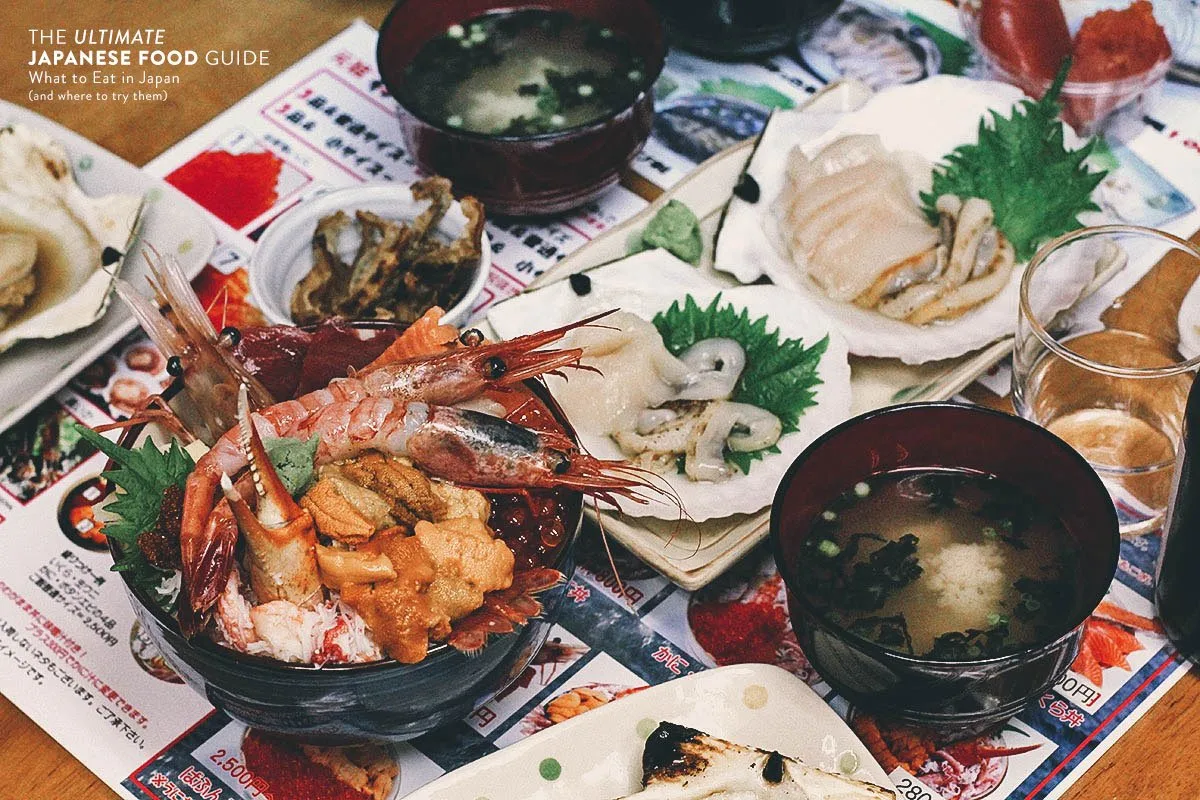
WHERE TO EAT IN NAGASAKI
1. Yossou
Open since 1866, Yossou is credited as being the very first chawanmushi specialty restaurant in Japan. If you’ve never had it before, chawanmushi is a savory steamed custard dish usually served in a teacup and eaten with a spoon.
Chawanmushi can contain a variety of ingredients but Yossou makes their signature version with nine specific ingredients – white fish, chicken, shiitake mushrooms, kikurage mushrooms, bamboo shoots, ginkgo, kamaboko (fish paste), wheat powder, and anago (grilled conger eel).
They’re known for their braised pork belly and shippoku as well, which are banquet-type meals consisting of Japanese, Chinese, and Western dishes served on a round table. There’s a reason why Yossou is the number one rated Nagasaki restaurant on TripAdvisor so you may want to reserve a meal here.
Check out my post on Yossou in Nagasaki for more pictures and information.
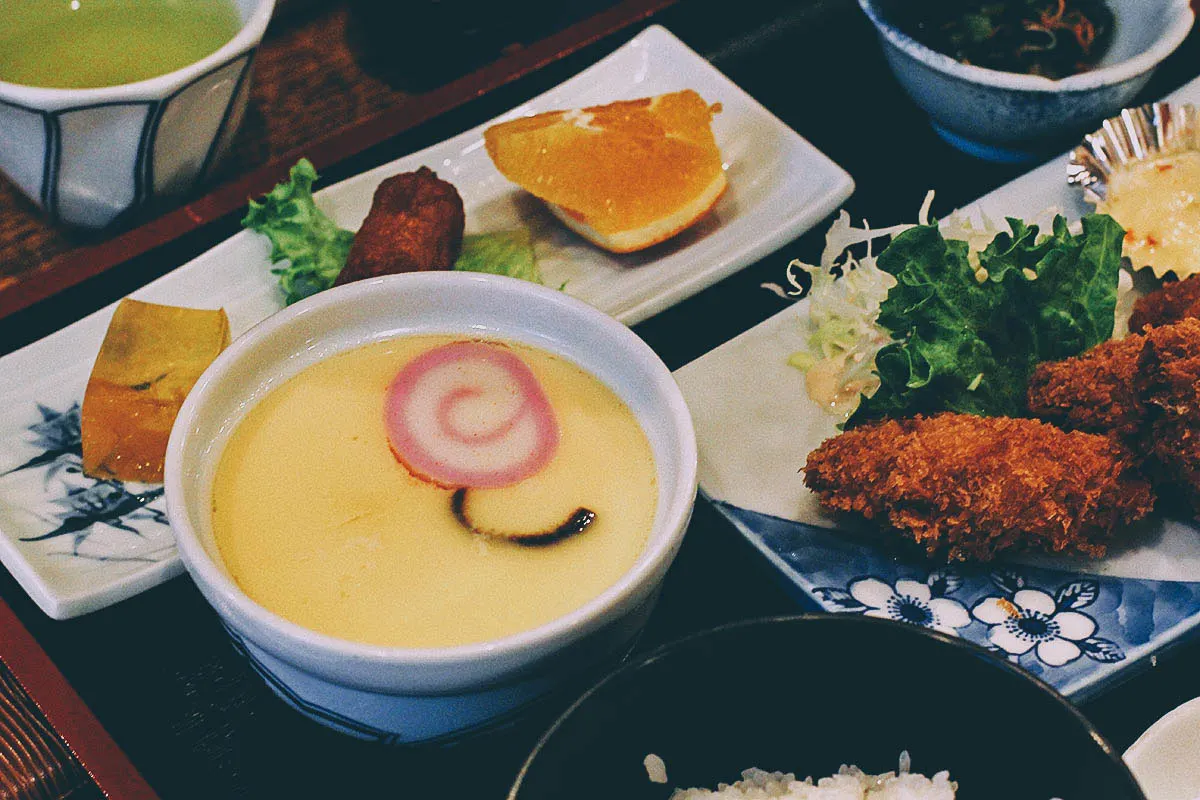
What We Paid: Around JPY 1,500-2,500 per set meal
2. Kaisen Ichiba Nagasakiko – CLOSED
We enjoyed one of our best meals in Japan at this restaurant. Kaisen Ichiba Nagasakiko is a seafood restaurant on Dejima Wharf that serves kaisendon (bowls of fresh seafood piled over rice).
Pictured below is a bowl of zuke kaisendon. Once a method of food preservation, zuke is now used as a way of preparing fish by soaking fillets in a soy sauce mixture for flavor. It’s really good.
They have tanks of live seafood here as well, including squid for a dish called ika-no-ikizukuri. A specialty of Yobuko in Saga prefecture, live squid are scooped up from a tank and quickly prepared. It’s so fresh that the flesh is still translucent when served. From what I understand, it’s not common to find it outside of Yobuko so you may want to try it here if it’s available.
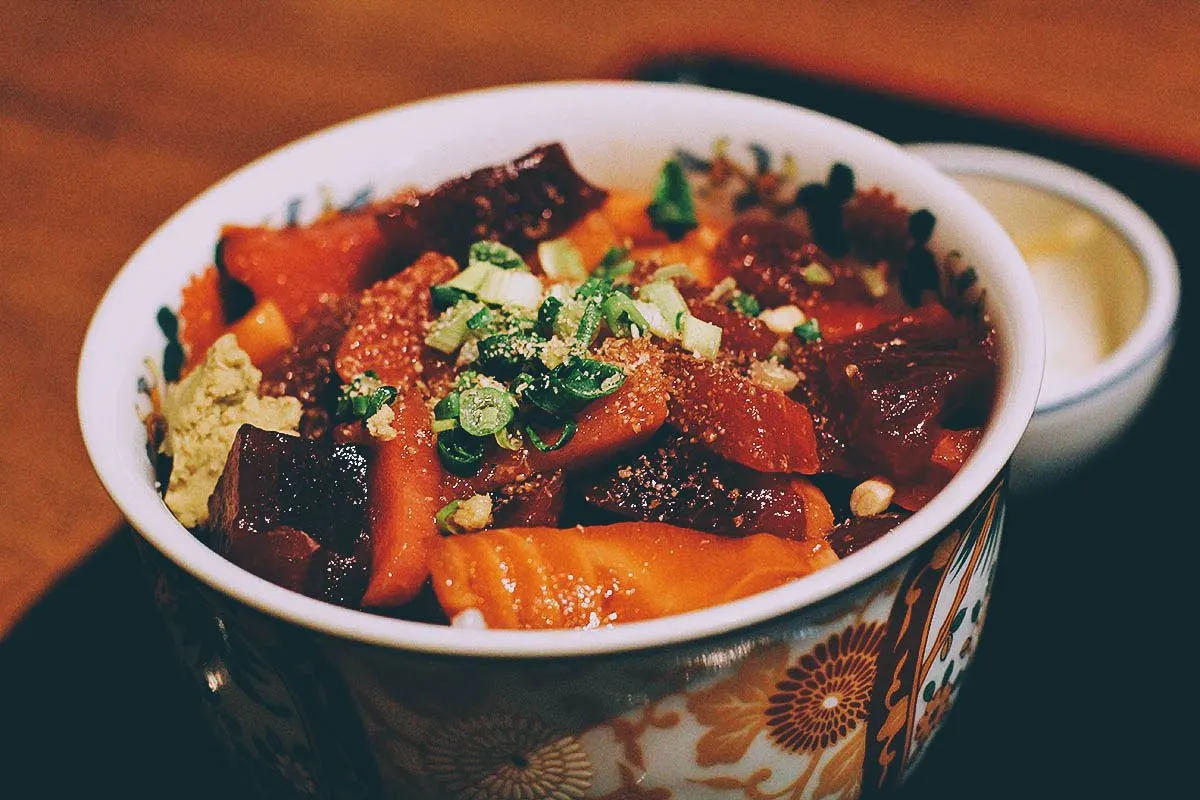
What We Paid: Around JPY 2,200 each with drinks
3. Horaiken Bekkan
Champon is a Japanese-Chinese ramen noodle dish that was invented by Shikairo restaurant in Nagasaki. It’s made by frying pork, seafood, and vegetables with lard, then pouring in a soup made with chicken and pig bones. The champon ramen noodles are added last before the pan is brought to a boil.
Shikairō is the logical place to try this dish but if you’re looking for a restaurant near the Atomic Bomb Museum, then you can give Horaiken Bekkan a try. Their champon is highly regarded as well.
Check out my post on Horaiken Bekkan in Nagasaki for more pictures and information.
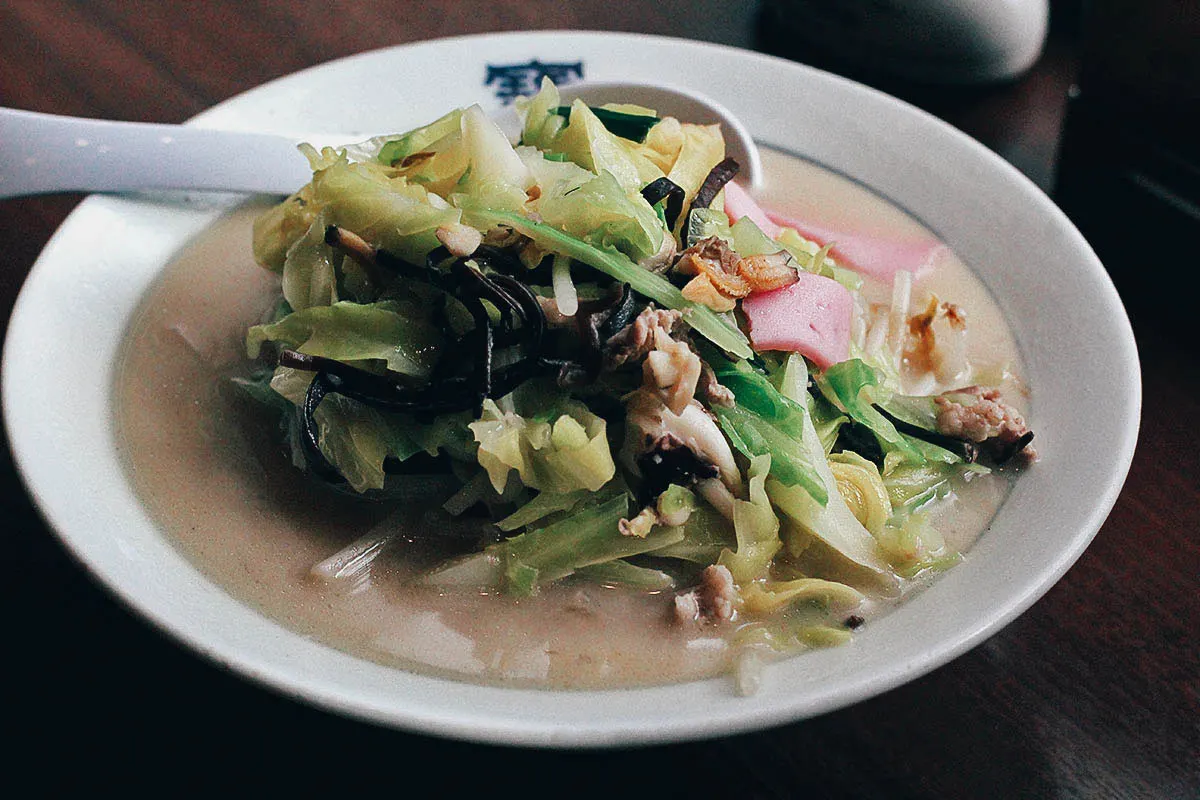
What We Paid: Around JPY 864 per full order of champon
4. Izumiya
Most of our meals are usually planned out well in advance but Izumiya was one of the rare exceptions. We were walking around Nagasaki’s Chinatown when we chanced upon this unagi specialty restaurant. We both love unagi but had never been to an eel specialty place before so we had to try it. It was damn good and well worth the detour.
After our trip, I did some research and found out that Izumiya has been around for over 160 years. It deserves a spot on your itinerary based on longevity alone.
Check out my post on Izumiya in Nagasaki for more pictures and information.
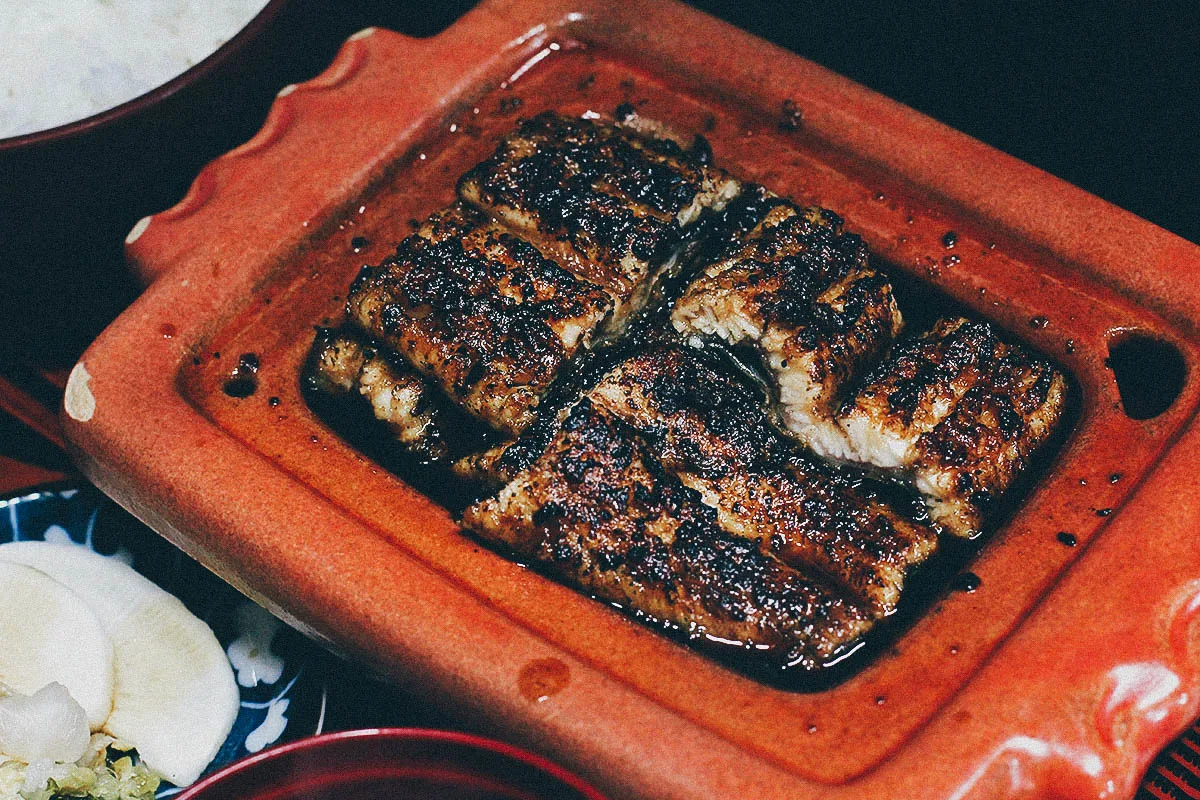
What We Paid: Around JPY 2,900 for one premium unagi set
5. Bunmeido
Castella is a sponge cake made with sugar, flour, eggs, and starch syrup. It’s a Nagasaki specialty brought to Japan by Portuguese merchants in the 16th century.
Castella cake is available throughout Nagasaki but some of the best can be found at Bunmeido, a Castella specialty chain that’s been around since 1900. If you were to bring home just one souvenir food item from Nagasaki, then this should be it. You can try visiting the original store on Edo-machi Street, near Ohato tram station.
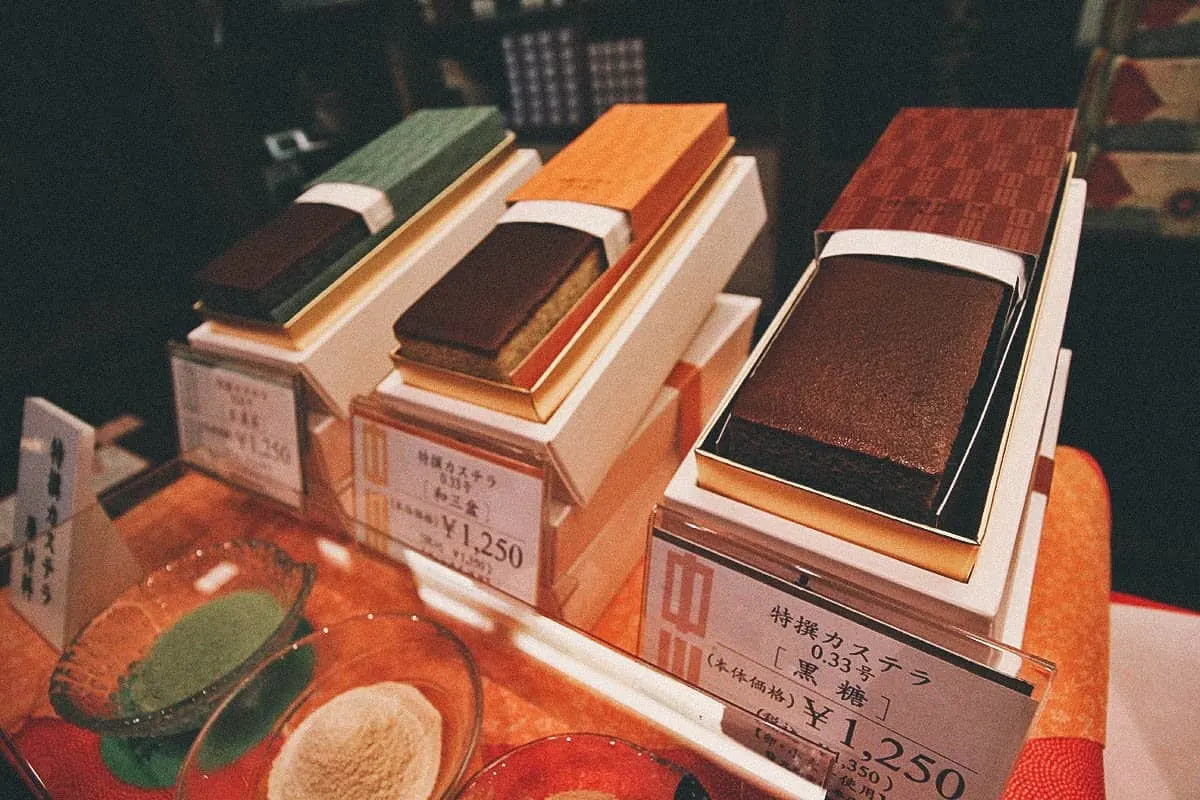
What We Paid: Around JPY 1,350 for one box of Castella cake
POINTS OF INTEREST IN NAGASAKI
To help you navigate, I’ve pinned the restaurants and attractions recommended in this Nagasaki travel guide on a map. Click on the link to open a live version of the map in a new window.
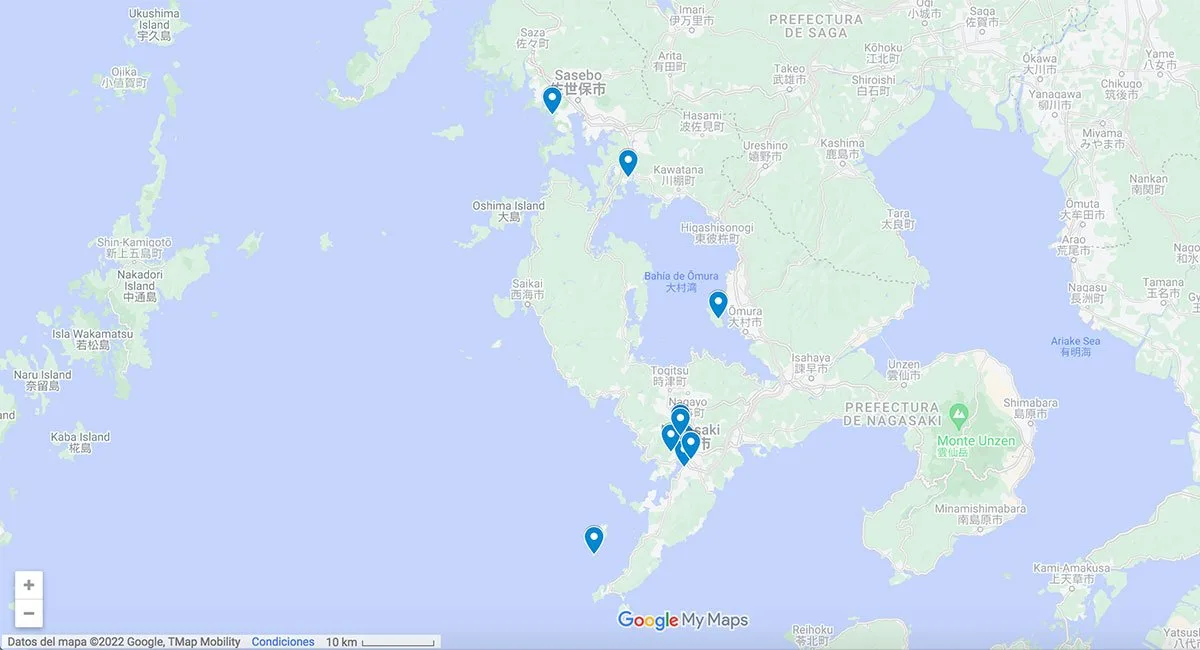
HOW TO GET AROUND IN NAGASAKI
There are no high-speed subway systems in Nagasaki. Instead, you’ll find a cool aboveground tram system similar to the cable cars of San Francisco or double-decker trams in Hong Kong. They may not get you there as quickly but they’re cheap, just JPY 130 per ride no matter how far the stop, and they’ll take you pretty much anywhere you need to go in the city.
The tram was the only mode of transportation we needed in two days in Nagsaki. If you think you’ll be using it enough, then you can purchase a 1-day tram pass from Nagasaki Station for JPY 500. It’ll allow you unlimited rides on the tram system for one calendar day.
Any of the ten IC cards in Japan (Suica, ICOCA, Pasmo, etc) are eligible for use on Nagasaki’s trams as well. You can check the Discover Nagasaki website for more information.
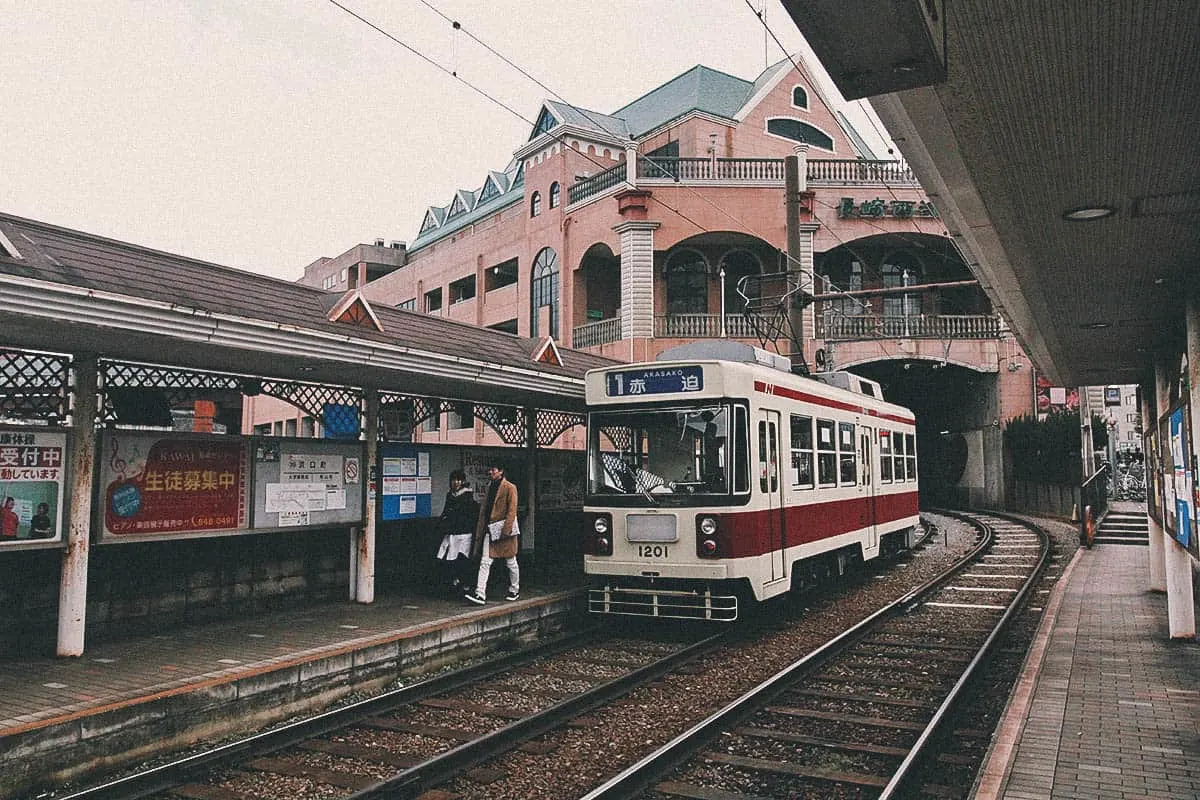
HOW MANY DAYS TO STAY / NAGASAKI ITINERARY
Assuming you’ll be arriving in the morning on your first day, then two nights is perfect for Nagasaki. That’ll give you enough time to do everything in this guide.
One night is too short and anything over two nights may be too long, unless you plan on spending the third day in Huis Ten Bosch or Kujukushima. Nagasaki isn’t that big of a city so two nights will give you enough time to see all the major sights in the downtown area without getting bored.
Here’s a quick 3D/2N Nagasaki itinerary to help you plan your trip.
| DAY ONE • Nagasaki Peace Park • Atomic Bomb Museum • Inasayama • Dejima Wharf |
| DAY TWO • Gunkanjima • Glover Garden |
| DAY THREE • Huis Ten Bosch or Kujukushima |
NAGASAKI TRAVEL TIPS
1. Plan your Trip with Sygic Travel
If you think trip planning is fun, then you’ll love Sygic Travel. I’ve been using this free travel app to create our itineraries for many years now. It allows me to pin all points of interest on a map – like our hotel, landmarks, metro stops, and restaurants – then grouping them together by location. It’s available for free on iOS and Android.
2. Stay Connected
Internet access isn’t a luxury anymore. It’s a necessity, especially when traveling. You’ll need it to convert currencies, navigate the transportation system, and google how to say “where is the best castella cake” in Japanese. We never go anywhere anymore without reserving a pocket wifi device first.
You can get wifi access in Japan by renting a pocket wifi device or getting a sim card. Even though they’re more expensive, I prefer pocket wifi devices because I find them simpler and easier to use. But it’s up to you which one to get as they both serve the same purpose.
Click on the links to buy a 4G sim card or rent a pocket wifi device through Klook or Get Your Guide. It’s a good idea to reserve it at least one week before your trip.
3. Bookmark Hyperdia or Get the App on your Mobile Device
Hyperdia will be your new best friend while in Japan. You’ll probably be riding the tram a lot and this commuter app will tell you exactly how to get from one station to another. It’s very detailed, providing several route options with fare prices and travel times.
WEBSITE: hyperdia.com
4. Get a Nagasaki Discount Card
Getting a Nagasaki Discount Card can save you a good amount of money on attraction entrance fees. They’re available for free at participating lodging facilities throughout Nagasaki and are valid for three days from the date of receipt.
We got ours from our hotel and it saved us a total of JPY 1,640 on entrance fees. It gave us discounts to Glover Garden, the Atomic Bomb Museum, and the Nagasaki Ropeway to Mt. Inasa.
Follow this link for a list of participating hotels where you can get the Nagasaki Discount Card. You can check this link to see which attractions honor the Nagasaki Discount Card and how much savings you’ll be making at each. You’ll see it’s significant so don’t forget to ask your hotel about it.
5. Get Travel Insurance
Whether or not to get travel insurance is something you need to consider before every trip. Some trips call for it more than others. The way I see it, if you plan on doing physical things like bungee jumping or skiing, then you should definitely get travel insurance. But if you’re just going to Hong Kong to traveleat for a couple of days, then you may not need it as much.
Personally, we don’t buy insurance before every trip but when we do, we buy it from SafetyWing or Heymondo. They’re popular travel insurance companies often used by long-term travelers. You can follow the link to get a free quote from SafetyWing or Heymondo. Get 5% off on Heymondo if you book through our link.
6. Bring the Right Power Adapter
Japan has Type A or Type B electrical outlets so be sure to bring the right power adapters for your devices. Electrical voltage is 100V and the standard frequency is 50/60Hz.
7. Learn Basic Japanese Etiquette
Japan is…different. It’s a fascinating country with many unwritten rules. You don’t want to mistakenly offend anyone so I think it’s a good idea to familiarize yourself with the basics, lest you be labeled a stupid gaijin. Here’s a good overview on Japanese etiquette for tourists.
Have Fun!
I’m hardly an expert on Nagasaki but I do hope that you find this guide useful. I’m only sharing some of the things I learned from our trip. If you have any questions or comments, then please feel free to leave them in the comment section below.
Thanks for stopping by and have a wonderful time exploring Nagasaki!
OUR GEAR
These are some of the things we brought with us to Nagasaki. For more on our travel gear, take a look inside our backpack. (NOTE: The following links are Amazon and other affiliate links.)
Disclosure
This Nagasaki travel guide contains affiliate links that will earn us a small commission if you make a purchase at no extra cost to you. We only recommend products and services that we use ourselves and firmly believe in. We really appreciate your support as this helps us make more of these free travel guides. Thank you!


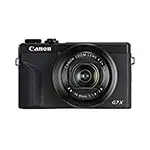
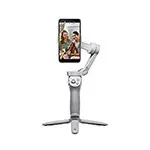
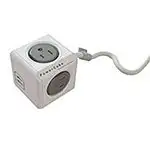
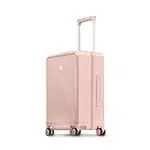
Wendy Atherden
Sunday 17th of November 2019
We are quite elderly but still love to explore places.We will be coming in to Nagasaki on a cruise ship and want to make the most of the day. Can you suggest a competent tour guide and if so, the approximate cost? Many thanks.
JB & Renée
Monday 18th of November 2019
Hi Wendy, you can try contacting THIS AGENCY. Hope that help and enjoy Nagasaki! :)
JB & Renée
Monday 18th of November 2019
Hi Wendy, I was just in northern Kyushu last week and had a wonderful tour guide who took us to different cities, including Nagasaki. She's based in Fukuoka though. I've sent her a message asking if she can lead tours only in Nagasaki. I'll let you know soon as I hear back. :)
Caroline Ronquillo
Wednesday 23rd of October 2019
Hello,
We will be in Sasebo to visit Huis Ten Bosch and plan to go to Nagasaki and spend 2 nights before going back to Manila..do you suggest we get a tour guide or we can tour Nagasaki on our own? It is our first time to visit the place..
Thanks
JB & Renée
Thursday 24th of October 2019
Hi Caroline, that's really up to you. Personally, we rarely get travel guides as we enjoy exploring on our own. Nagasaki has a good public transportation system so it's easy to do that there. But if you really want to learn about Nagasaki and its history, then it's always best to get a guide. Hope that helps and enjoy Japan. :)
Dani
Monday 5th of March 2018
This is awesome, thanks! Do you think it is worth making a trip from down from Fukuoka? Or does it require staying over in Nagasaki?
JB & Renée
Monday 5th of March 2018
Happy you found it useful Dani! It's about 2.5 hrs away so it is doable on a day trip from Fukuoka, but there's enough to see there so may want to stay the night. Hope that helps. :)
Donna
Sunday 22nd of October 2017
How much is this discount card? Is it free?
JB & Renée
Sunday 22nd of October 2017
Hi Donna, yes our hotel gave it to us for free. I believe it's some type of partnership the tourism board has with participating hotels. Maybe you can try asking your hotel if they can provide you with one.
Jeff Silver
Wednesday 28th of June 2017
Now THIS is what I call an in-depth destination guide!
I'm curious about the wifi tip though - wouldn't international mode work for your cell phone? So you could just tether it to any other device you want on the same plan you use at home?
JB & Renée
Wednesday 28th of June 2017
Thanks Jeff! Yes, that would work...if we had a data plan. :P We use pocket wifi, even in our native Philippines. :)